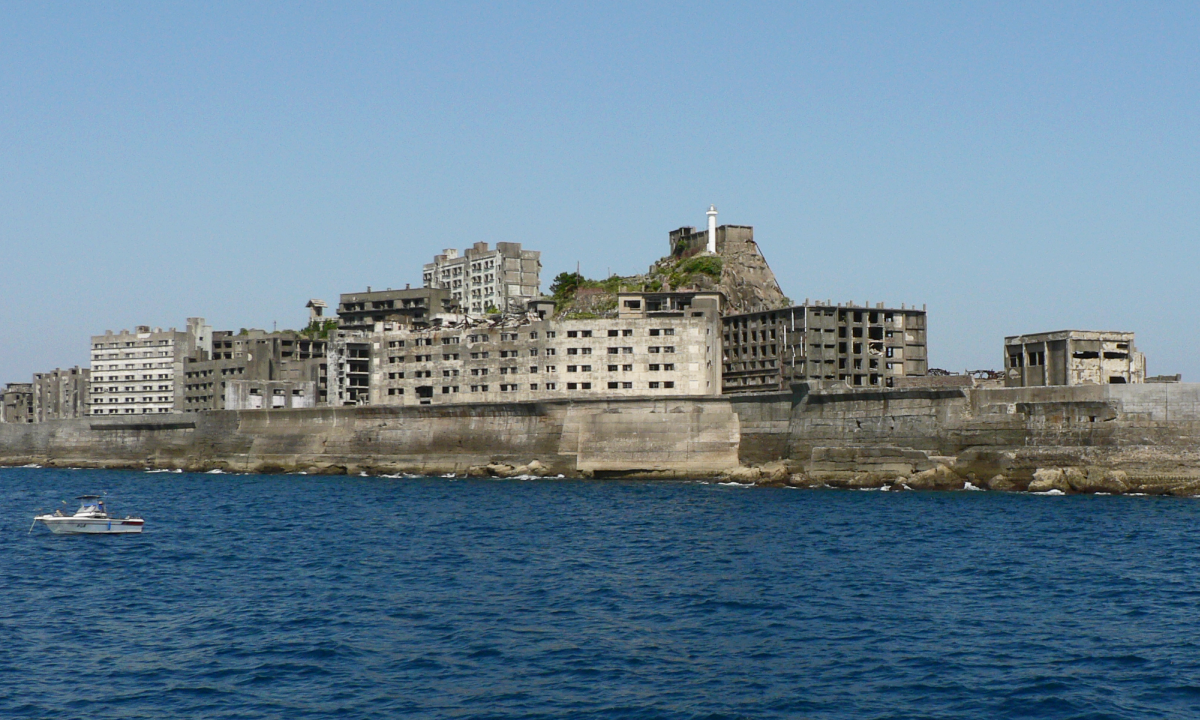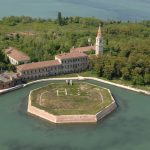
Throughout history, mankind has built a number of majestic cities and structures that have been abandoned. One such place is the island city of Hashima. For fifty years, this was the most densely populated land mass on the planet: it was teeming with people and life was prosperous. But the situation has changed: Hasima has been abandoned for decades. What has happened to it? Why does no one live there anymore?
History of the island
Border Island is the Japanese word for Hashima. It is located in the East China Sea, about 15 kilometres from Nagasaki.
The island also has a second name, Gunkanjima. Translated into Russian, it means cruise ship. This is what the Japanese themselves call it, as the island actually resembles a huge ship.
Before 1810, the island was just a sparsely vegetated patch of rock, where fishermen from Nagasaki and the neighbouring island of Takashima sometimes took refuge.
But everything changed when a coal deposit was discovered near the rocky area. The Fukahori clan established the first mine on Hashima in 1887, and in 1890, Mitsubishi, a Japanese industrial company, bought the island for 100,000 yen.
The island’s heyday
Construction began apace, and houses were built one by one to house the workers and their families. More and more workers began to arrive on the island, and by 1959, Hashima had become the most populated island in the world. The population density reached 5,239 inhabitants per square kilometre.
The island had its own school, kindergarten, temples, swimming pools, cafes, restaurants and even its own cemetery. The city was promised a great future, but it was not to be.
The inevitable end
Over the years, the island’s coal reserves began to run out and the oil industry gradually displaced coal mining. When the coal reserves began to run out, the workers began to leave Gunkanjima.
The last inhabitant left Hashima on 20 April 1974. It has been uninhabited ever since. Once a bustling piece of land in the East China Sea, it has become a ghost island, deteriorating over time. It is now a haunting sight. It is one of Japan’s most terrifying excursions.
UNESCO World Heritage Site
Hashima Island was nominated as a UNESCO World Heritage site in 2008. The South Korean authorities objected, pointing to the suffering of Korean forced labourers during the war. Neither the Japanese government nor Mitsubishi compensated the survivors.
Nevertheless, Hashima Island was inscribed on the World Heritage List in 2015 as part of the Sites of the Meiji Industrial Revolution: Metallurgy, Shipbuilding and Coal Industry.
You may also like:


